Traditional Apulian Cuisine: 6 delicacies you must eat
Here are some delicacies of the traditional Apulian cuisine you must eat:
1-Orecchiette Pasta
The first theory, which seems the most likely, postulates that the story of Orecchiette pasta from Puglia is deeply intertwined with the story of Angevin dynasty, and especially with Joanna I from the House of Anjou (1325-1382).
Orecchiette Pasta is the symbol of traditional and local cuisine. We immediately associate Orecchiette pasta with the city of Bari and with turnip greens which are the ideal condiment for a truly outstanding fresh pasta dish.
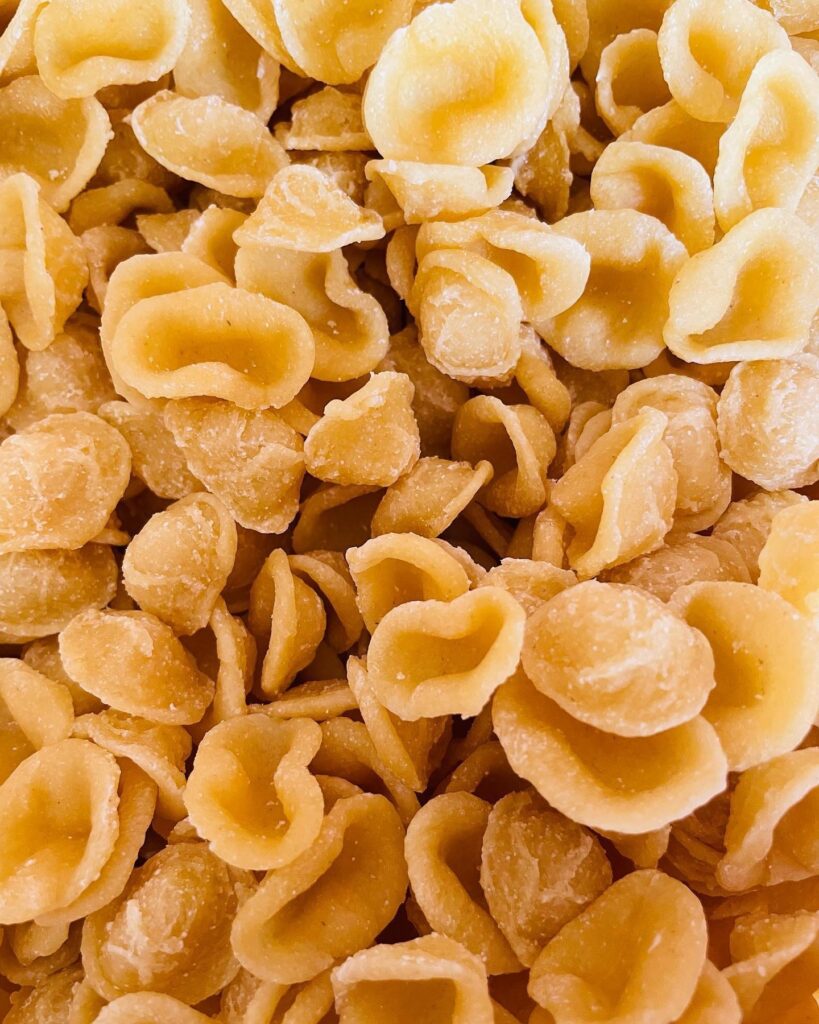
2-Taralli pugliesi
Taralli and Tarallini Pugliesi are delicious snacks from Puglia. Crunchy and crispy made with white wine, flour, and olive oil. They can be served with drinks for an Italian aperitivo!
Taralli are the perfect snack, to me. They’re crunchy and totally addictive, yup…you need some self-control around these things.
Traditionally from homeland Puglia, you’ll find them in different shapes and sizes, technically these are taralli and tarallini, and can be flavored with fennel seeds, chilli flakes or herbs.
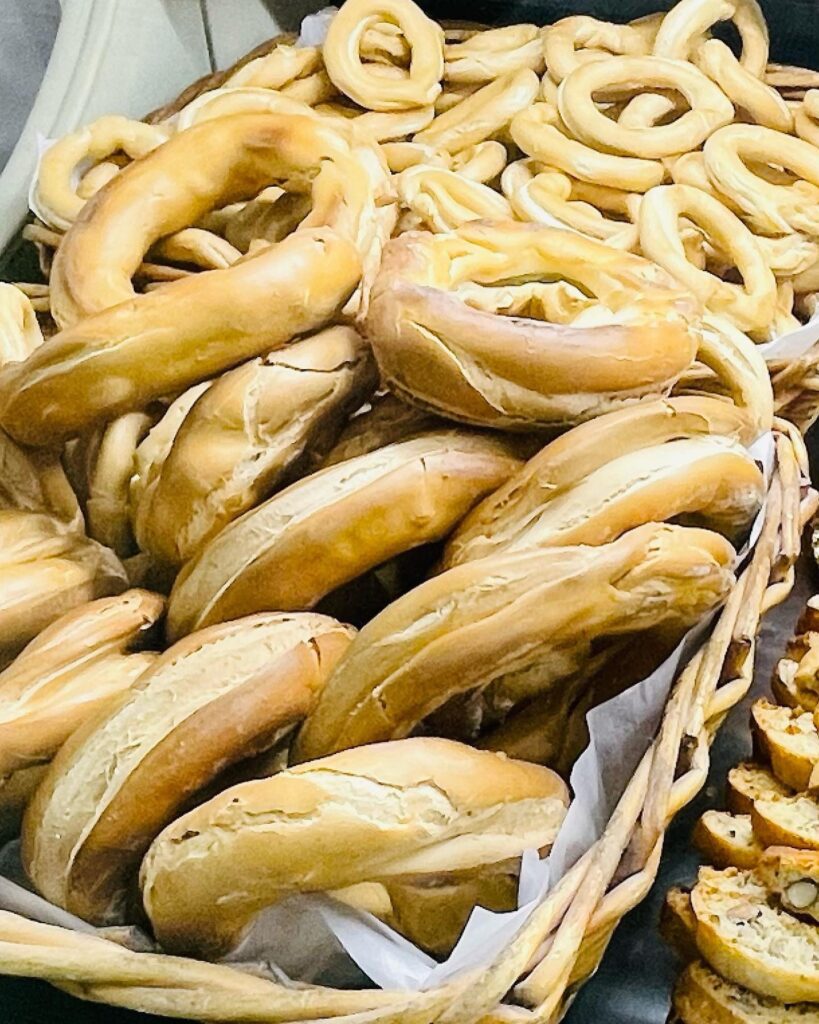
3-Pasta al forno
Pasta al Forno (oven baked pasta) is penne or rigatoni pasta tossed in a savory meat sauce, then topped with plenty of cheese and baked to perfection. A hearty main course option that’s perfect for feeding a large group.
Whenever my mom is looking to feed a crowd, she turns to baked this meaty and cheesy Pasta al Forno. This pasta dish always gets rave reviews from family and friends!
Chef of L’Osteria del D’Avalos, Troia – opted for “paccheri” pasta al forno (photo), and it was so delicious.

4-Scorpelle or Pettole
Have you ever tried this pugliese specialty? I love it!
Scorpella is a leavened dough fried in the boiling oil; this is a typical dish from Southern Italy regions (Puglia, Calabria, Campania, Basilicata, and Albanian communities in Sicily). They say that this dish comes from Albania (Albanian immigrants brought culture and tradition in XV century and spread them out in the Southern Italy).
My grandma was used to mainly cook them at Christmas Time. L’Osteria del D’Avalos in Troia serves scorpelle as antipasto (appetizer).

5-Burrata pugliese
The Burrata pugliese is the queen of italian cheeses.
Heavenly, creamy, delicate burrata is the soft fresh Italian cheese that dreams are made of, and once tried, will leave you with little doubt as to why it is crowned the queen of Italian cheeses.
Take the most exquisite mozzarella you have ever tried and imagine tearing it open with a fork and the smooth white outer skin revealing an oozing soft and creamy interior: Simply divine!
It has been created by Lorenzo Bianchino Chieppa from Apulia (Puglia), an ingenious cheese maker, in the 20th century. He implemented a way of reusing scraps of mozzarella (leftovers of the mozzarella making process) and, at once, prevent fresh milk that couldn’t be delivered from going to waste. He thus created this mouth-watering cheese which soon became a staple in Italian cuisine and is now appreciated all over the world.
Have you ever tasted the burrata pugliese?
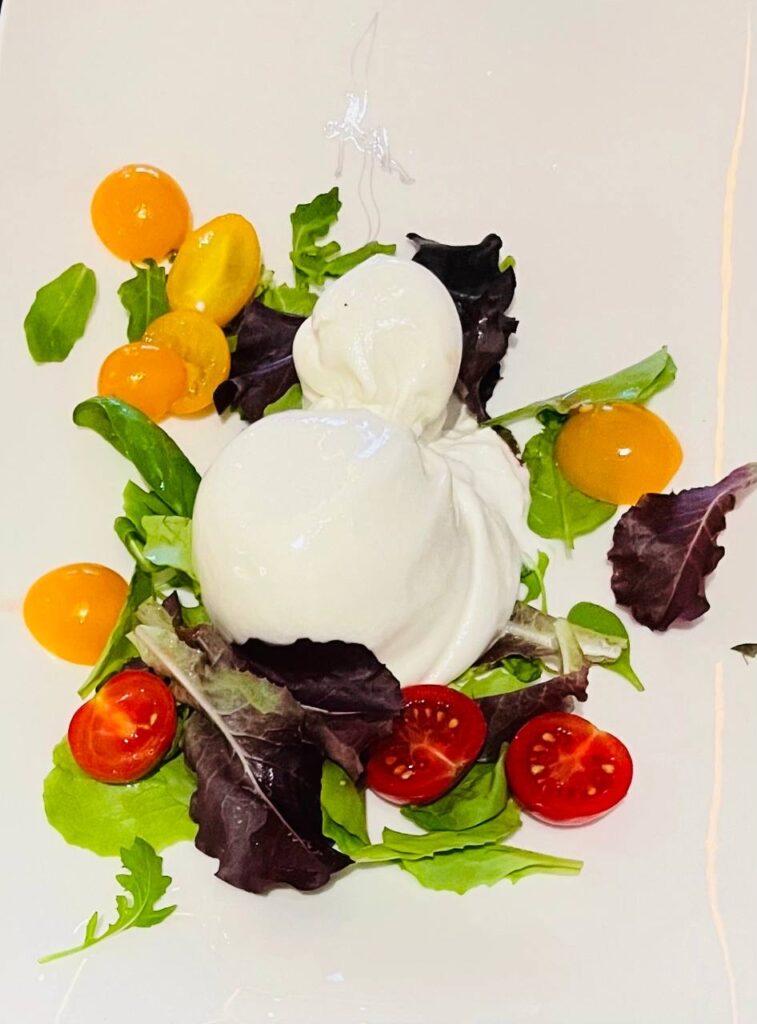
6-Pancotto
The “cucina povera” (peasant food) has given us some remarkable Italian dishes. From stale bread-based specialties like panzanella and pappa al pomodoro to the vast array of dishes made from offal, the frugality and want of peasant life have definitively shaped modern Italian cuisine. The bread soup known as pancotto, one of my favorite dishes from my hometown, falls squarely into this tradition, given its peasant origins and uber-simplicity of ingredients—stale bread and stock (or water), to which vegetables, herbs, and olive oil might be added, depending on regional variations.
Yet pancotto’s origins can be traced to another tradition. One religious in nature and predating by several centuries the era we’ve come to associate with cucina povera customs. By the end of the 6th century A.D., the practice of carrying out a penance for one’s sins had become frequent and habitual among Catholics, with diet-based restrictions being a common form of said penance.
“Bread and water” is the stereotypical meal of prisoners. It has been used as a form of discipline in the military. Countless versions of the highly adaptable pancotto exist. Today it is considered a pugliese fine dining dish, far cry from its punitive antecedent, pane e acqua, and much tastier. Let’s enjoy it, in Puglia!
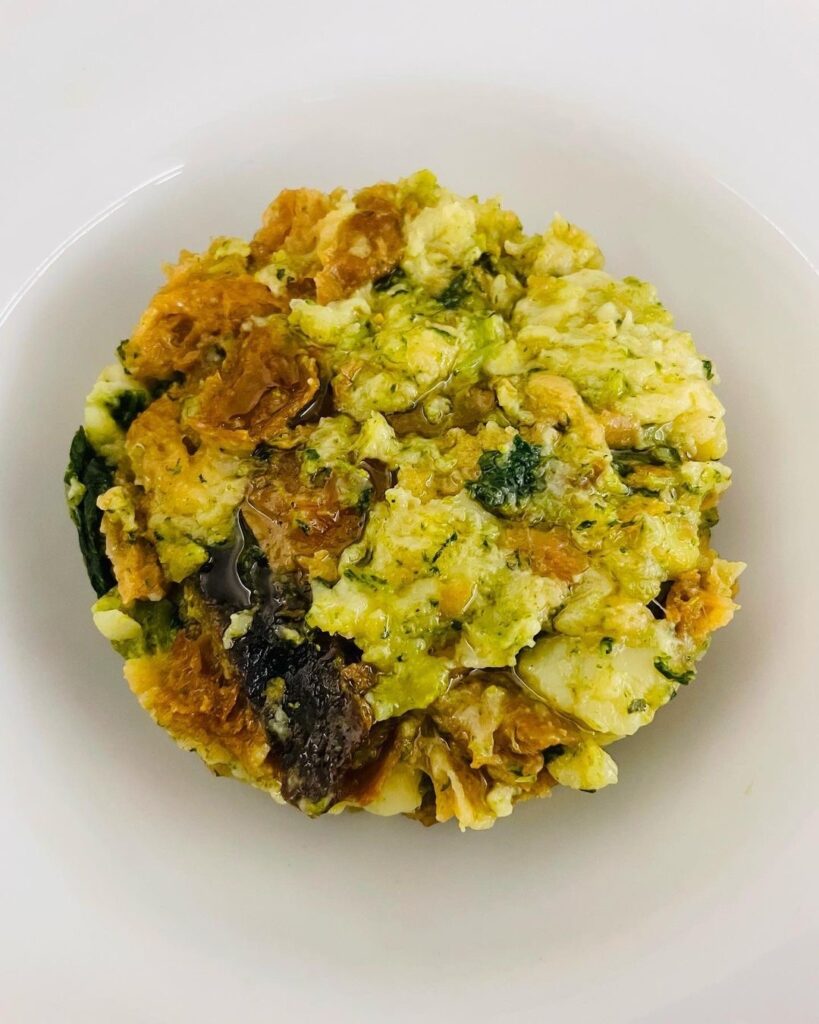

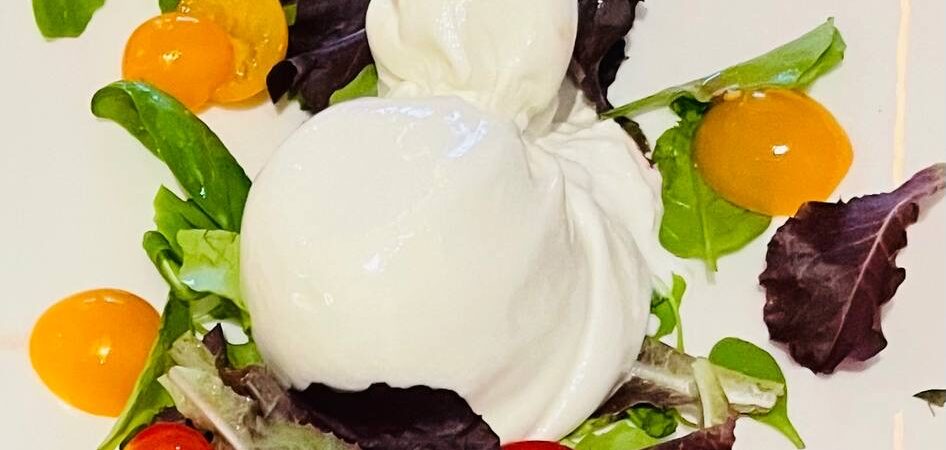
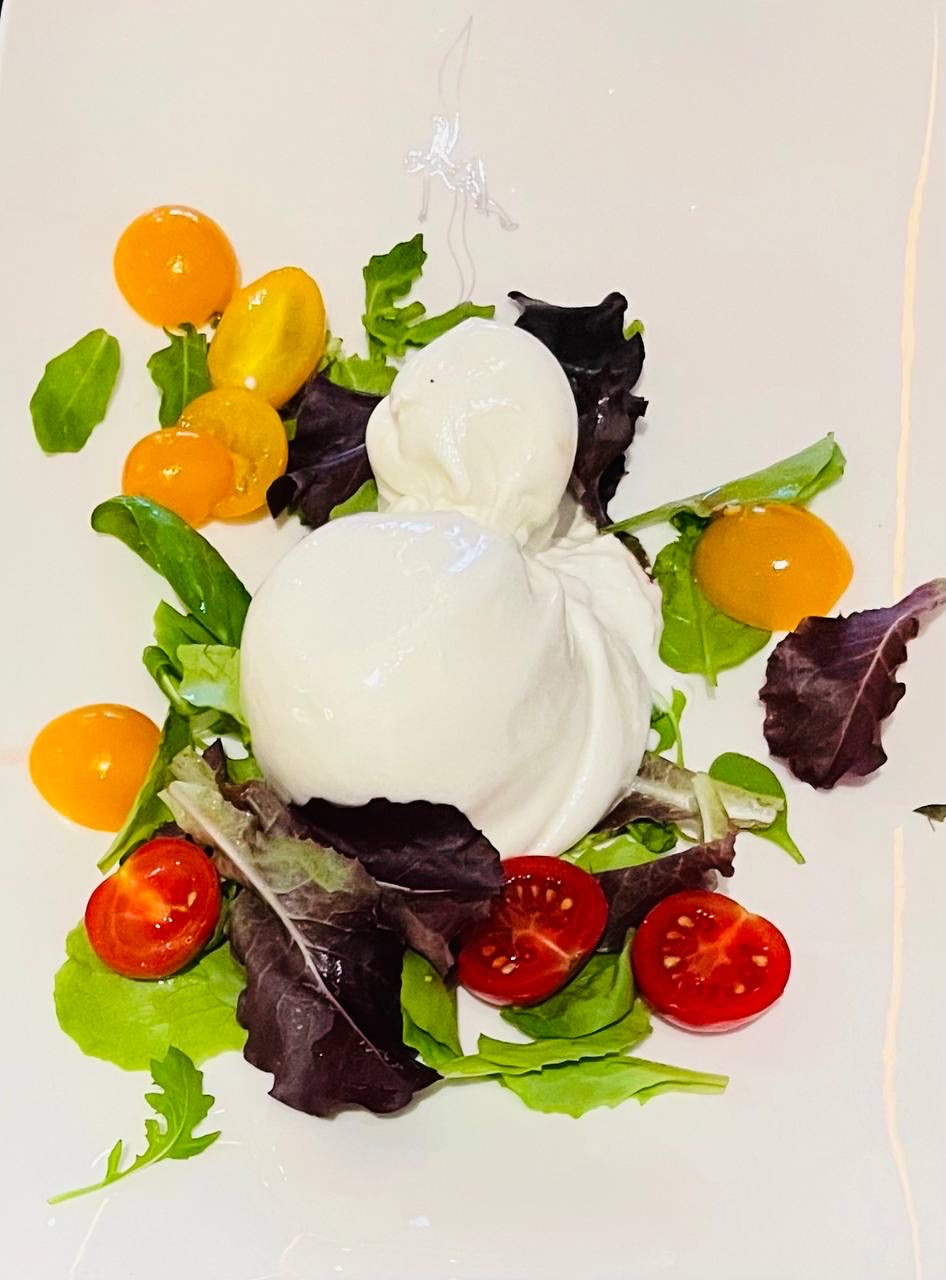
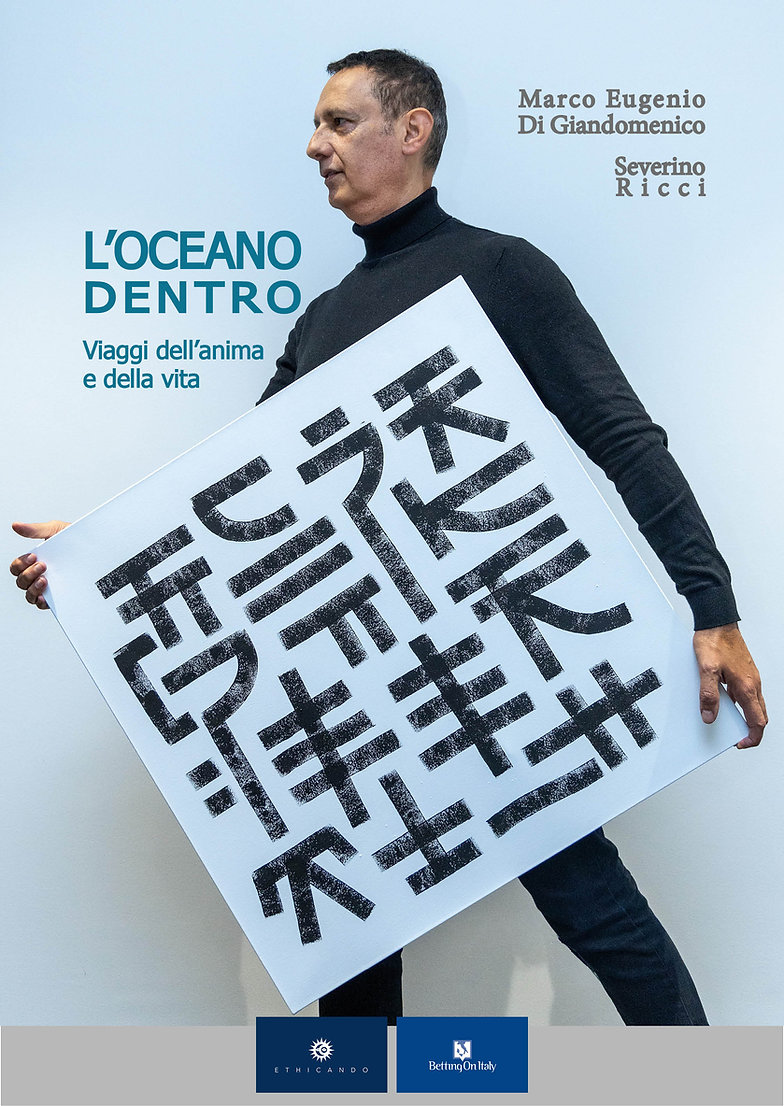

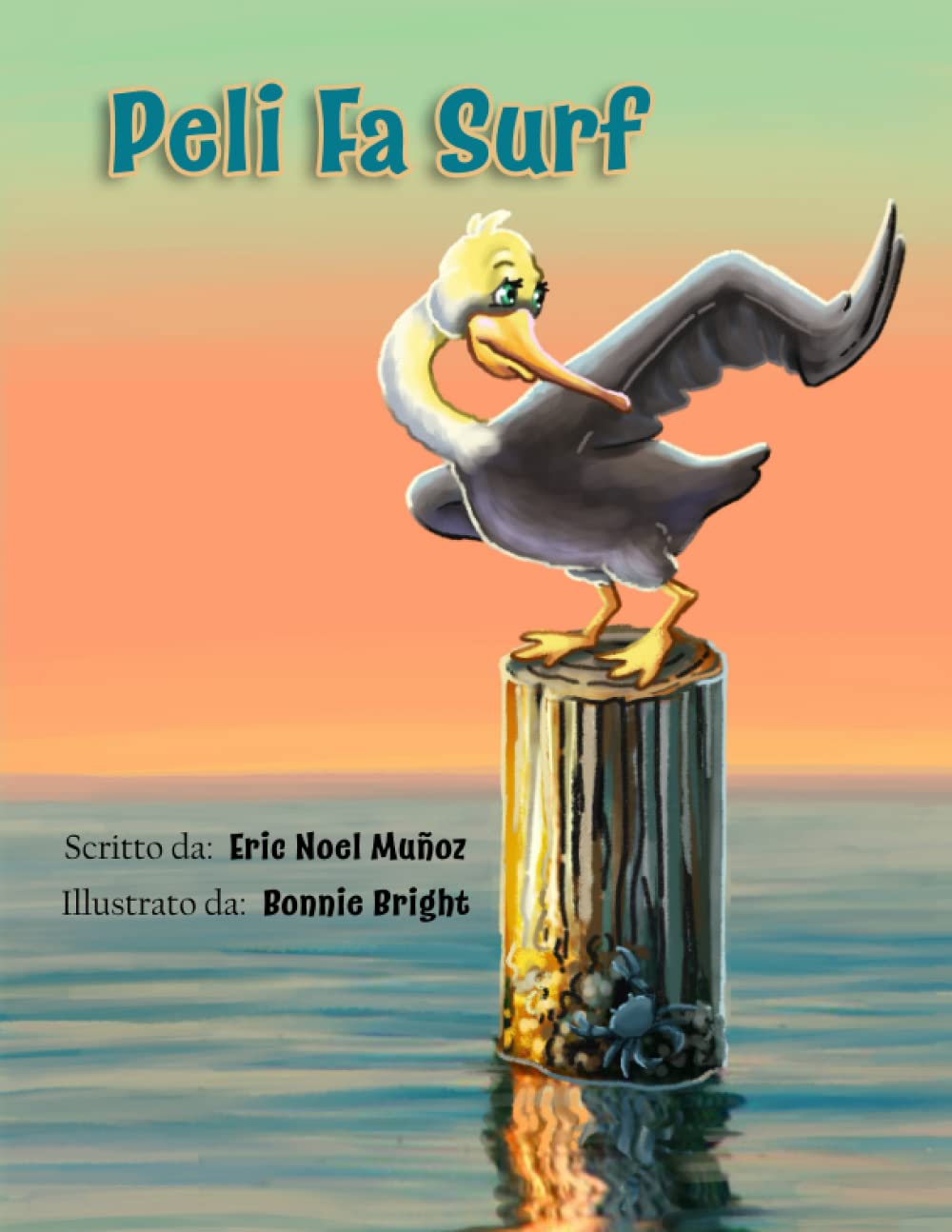
No Comments yet!